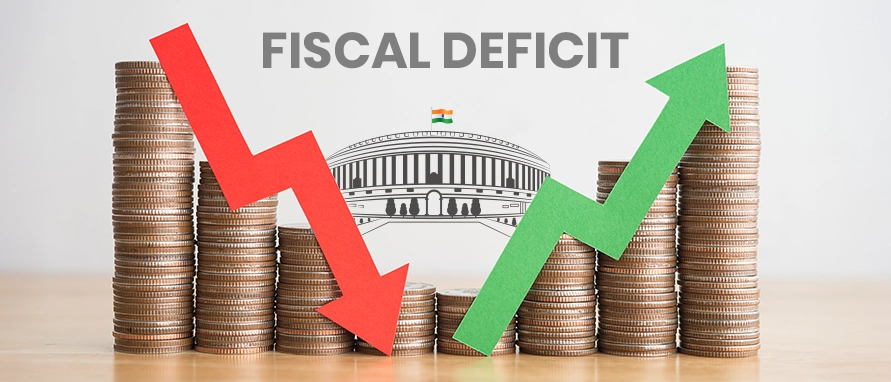The government earns through various means such as taxes and dividends from companies it owns, among other things. It also has many expenditures like subsidies, salaries and infrastructure investments. The government aims to balance its revenues and expenses, but being a developing country Indian government’s expenditure outstrips its income. The shortfall between the revenue and expenditure of the government is known as fiscal deficit. In case, revenues are more than the expenditure, it is known as fiscal surplus. The fiscal deficit is also a measure of borrowings needed by the government in a year. The government’s borrowings are not considered as revenues and hence do not help in balancing the budget.
The fiscal deficit in India is expressed as a percentage of the gross domestic product. For instance, when the finance minister announced a fiscal deficit target of 3.3%, she meant the fiscal deficit will be 3.3% of the GDP. With a projected GDP of Rs 211 lakh crores in 2019-20, the fiscal deficit in the year is estimated to be around Rs 6.96 lakh crores.





































